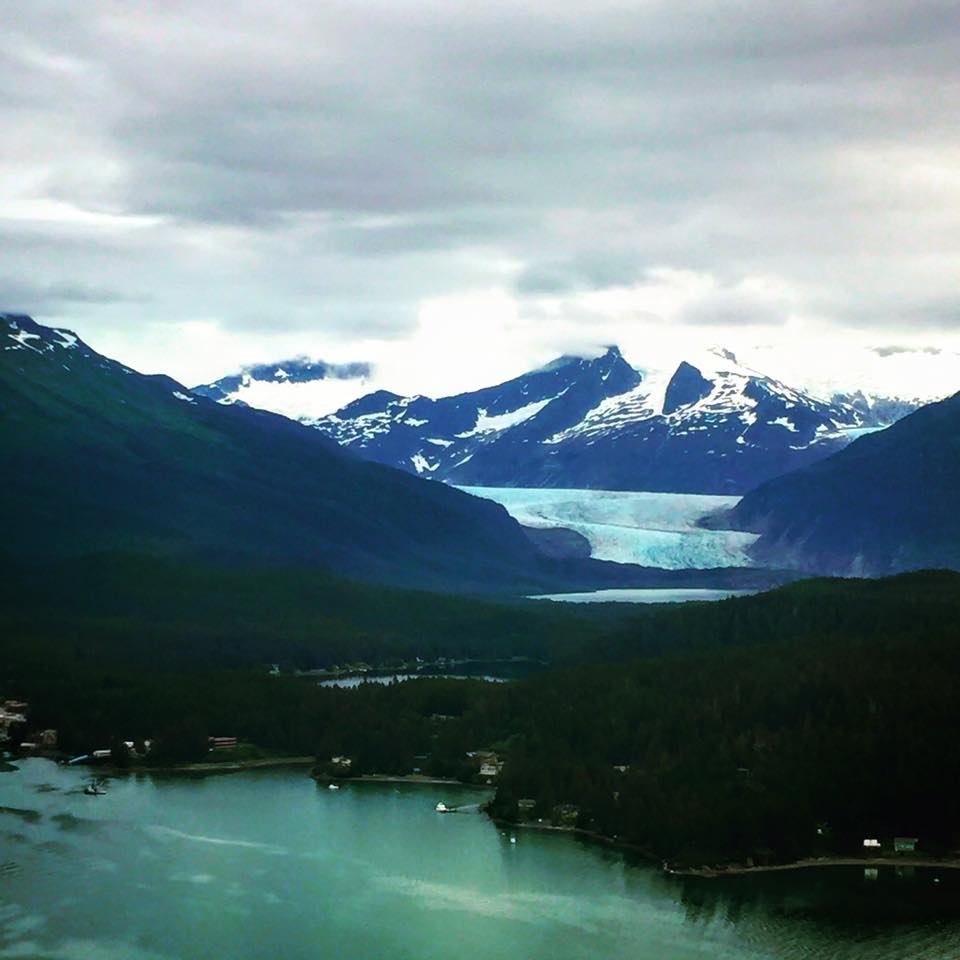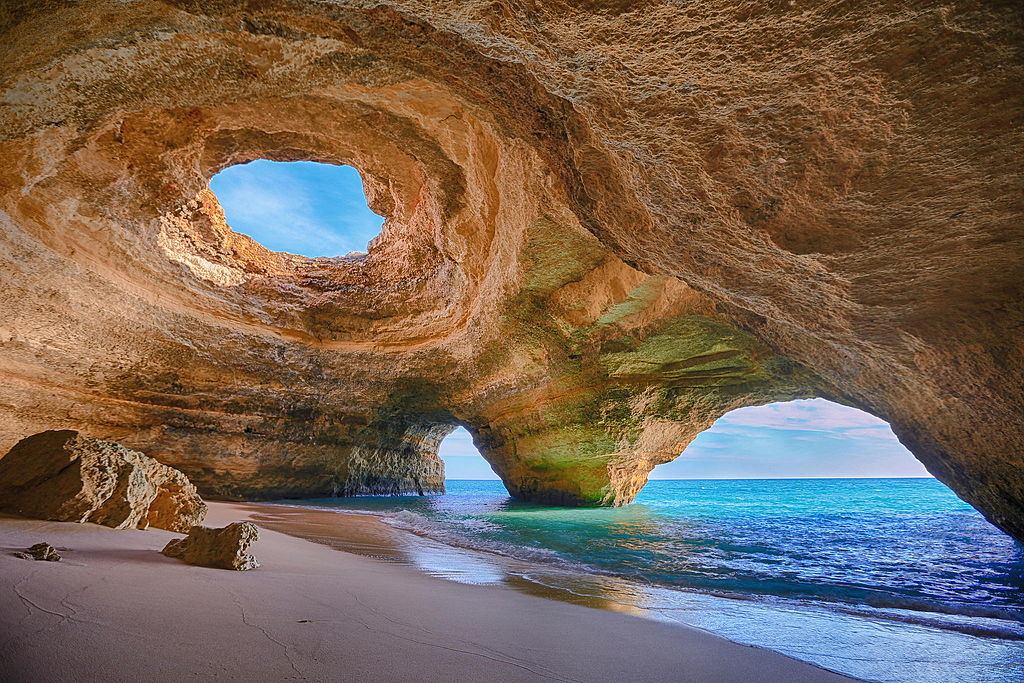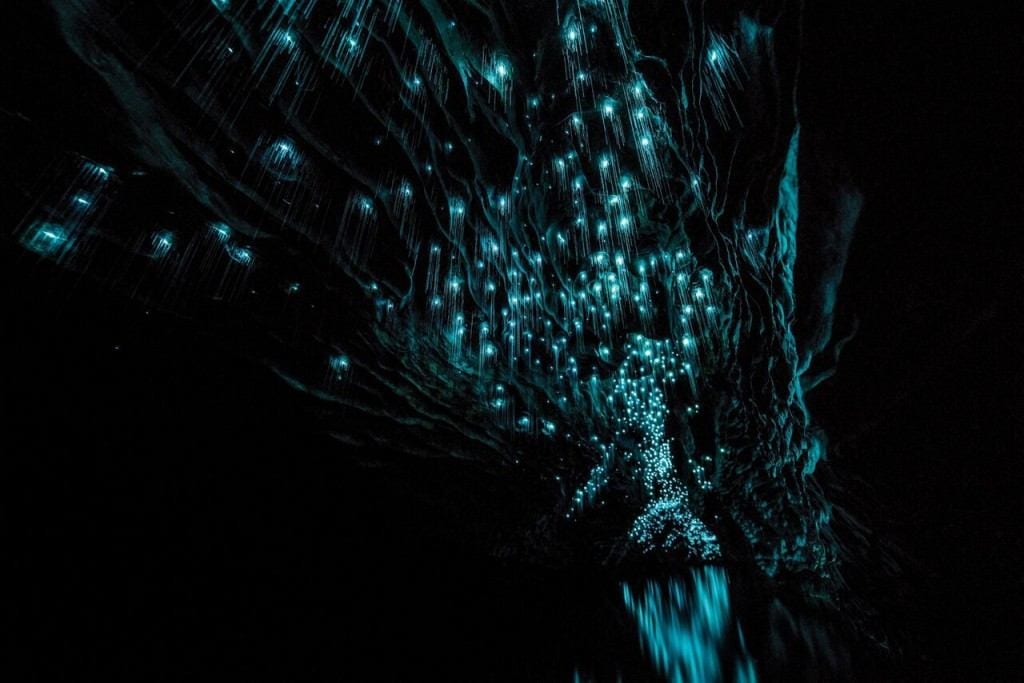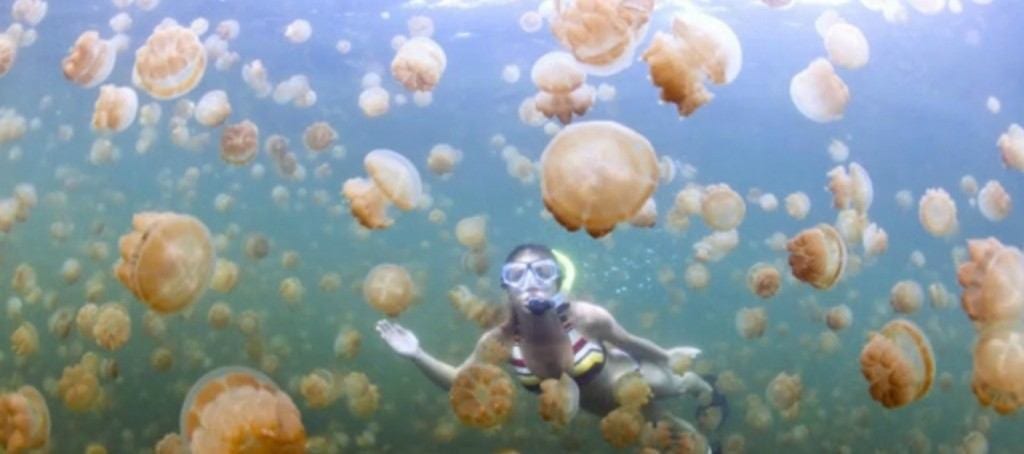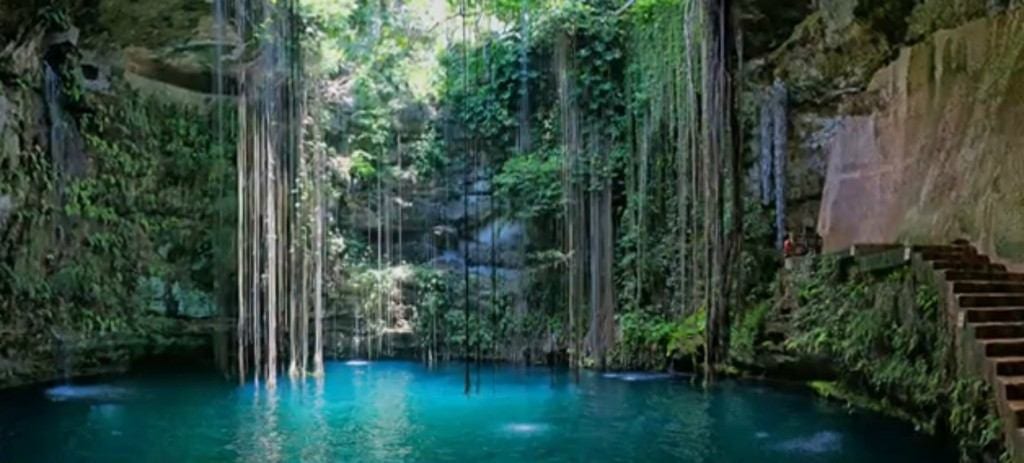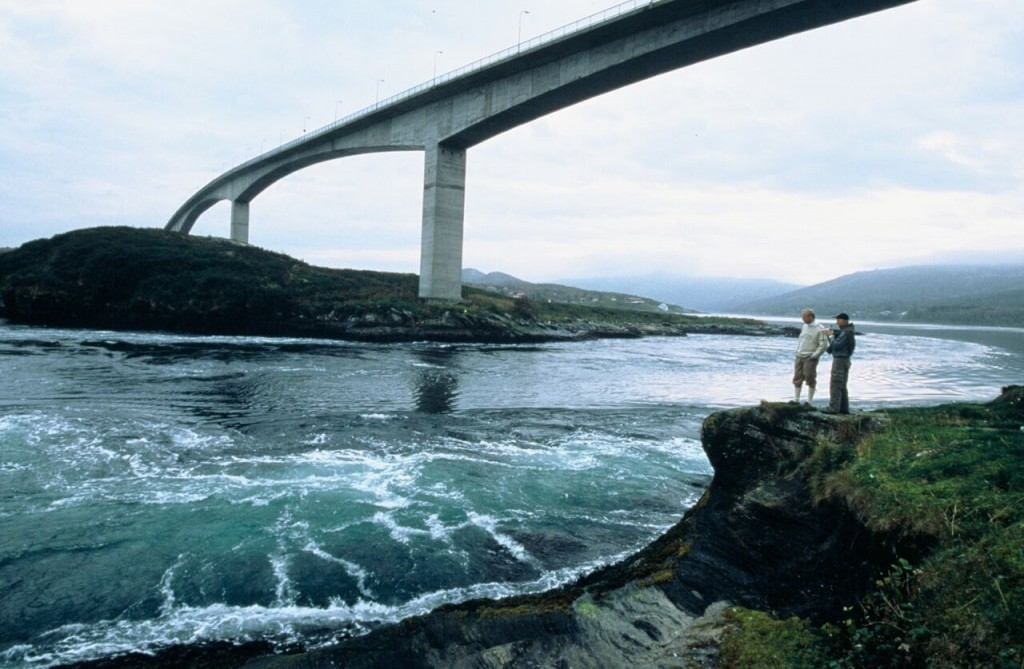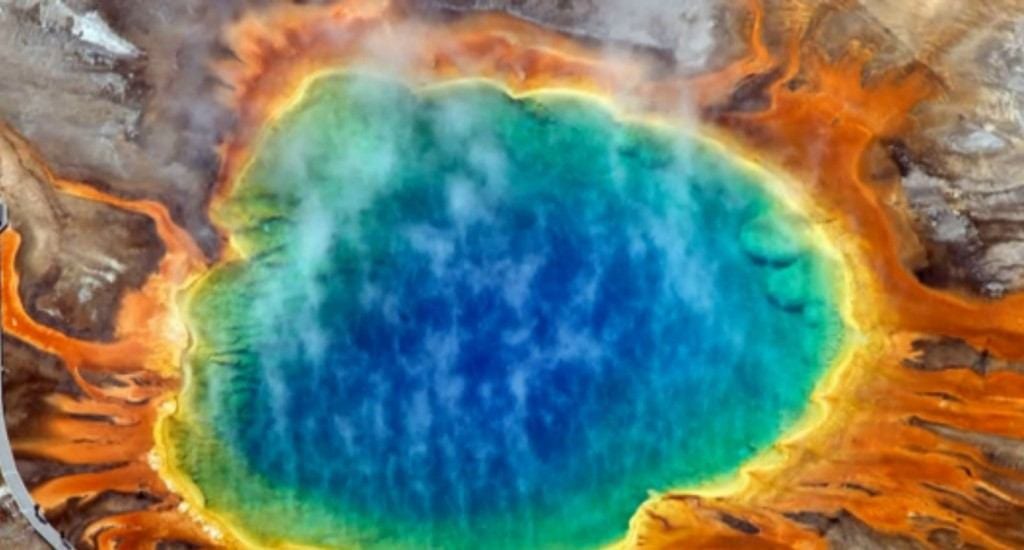Travel News
Seven Must-See Natural Wonders Around the World
What’s on your bucket list? There are some places you MUST see and experience. Here are seven incredible and lesser known natural wonders around the world you can appreciate firsthand:
Watch Peter Greenberg’s report for CBS This Morning and keep reading to learn more.
Mendenhall Ice Caves, Juneau, Alaska
You’ll find these in the world’s largest temperate rain forest, just minutes from the capital of Alaska. The Mendenhall Glacier is an amazing experience. You can helicopter to the top and drink crystal clear glacier water and then go dog sledding. But this 12 mile-long glacier also allows you to walk through it, and when you do, you get to witness an amazing view of blue light filtering through the icy dome. If you visit the area, you can dedicate one day to the caves and go on an eight-hour glacier trek, and then spend the rest of your time enjoying Juneau or hiking in the countryside.
Benagil Beach Sea Cave, Portugal
Portugal is one of my favorite places. For starters, it’s the kingdom of a dead empire and has so much history. But most folks forget about the topography. Located near the southern tip of Portugal, there is a small beach town that holds a big secret. While everyone else is on the beaches of the Algarve, head for The town of Benagil, a small fishing town which has a great beach—but even more importantly—has a beach sea cave. This large rock formation is only accessible by the sea, with naturally formed arches leading into a large cavern. The best part is that the open top of the cave allows you to experience this wonder in beautiful sunlight. The cave is accessible by boat, or the really adventurous could choose to paddleboard or kayak to the site from the Praia de Benagil.
Waitomo Glowworm Caves, New Zealand
While the local Māori people of New Zealand’s North Island had long been in awe of these caves, it was not until 1887 that Māori Chief Tane Tinorau and English surveyor Fred Mace explored the entirety of the cave, even finding a land entry that now serves as the entrance. The cave is home to a species of glowworm only found in New Zealand that lights up with a magical blue-green bloom. The cave is also renowned for its amazing limestone stalactite formations that make the glowworms’ colors even more wondrous. Visitors get to walk around and finish their experience off with a boat ride. Some of these caves are about 700 feet down. I’ve done it. It’s like landing on the moon.
Jellyfish Lake, Palau
Palau is one of the more beautiful destinations in the world, and this part of Micronesia has the rock islands—where there are more islands than people. On the uninhabited rock island of Eil Mark in Palau, a trapped saltwater lake holds the chance to swim with a sea creature you might usually try to avoid. After thousands of years in the isolated lake, the millions of golden jellyfish have lost their ability to sting, making them amazing and unique swimming partners. The jellyfish take part in a daily migration from one side of the lake to the other in order to stay in the sun and follow the algae, their food source. In Palau, you can not only watch this migration, you can participate.
Ik-Kil Cenote, Yucutan, Mexico
Now a sanctuary for cliff diving fanatics, the Ik-kil Cenote can also provide a relaxing swim with a beautiful view through the jungle in the north of the Yucatan Peninsula in Mexico. The open top of the natural well sits nearly 90 feet above the water below, which is about 130 feet deep, so no need to worry about diving into this pool. Aside from its size, what makes this especially beautiful are the vines that hang down into the well, adding even more natural beauty when sunlight shines into the pool. This ancient Mayan ritual site can be filled with relaxation or excitement, depending on how you decide to get into the pool.
Saltstaumen, Nordland, Norway
Anything that can claim to be the strongest tidal current in the world is certainly a worthy excuse to make the trip to Nordland, Norway. Between two small islands on the eastern coast of Norway, the Saltstaumen strait is known for its power current tucked between natural Norwegian country and the Børvasstindene mountains. 1,560,000,000 cubic feet of water pushes through the 500 foot-wide strait every six hours, creating water speeds that can reach up to 25 miles per hour. The force of the water often creates whirlpools 30 feet wide and 15 feet deep. You can take boat tours to see the strait, go swimming nearby, or enjoy great fishing the strait creates off the coast.
Grand Prismatic Spring, Yellowstone National Park, Wyoming
In the northwest corner of Wyoming is one of the most colorful natural occurrences you can find in all of the United States. The Grand Prismatic Spring is the largest hot spring in U.S. and the third largest in the world at approximately 250 by 300 feet in size, and is 160 feet deep. The purity of the water in the hot spring makes the central color of deep blue particularly intense, while the surrounding rings are caused by colorful bacteria that grow around the water. In the summer, these colors are usually orange, red, and yellow, while in the winter it tends to be green, so be sure to choose your visit based on your favorite color.
For more of Peter Greenberg’s can’t-miss destinations, check out:
- Peter Greenberg’s Hot Destinations for 2015
- Go Green in 2015: Sustainable Travel Destinations
- 6 Offbeat Destinations to See This Summer
- How to Make Your Vacation Longer With Stopover Flights
By Peter Greenberg for PeterGreenberg.com










